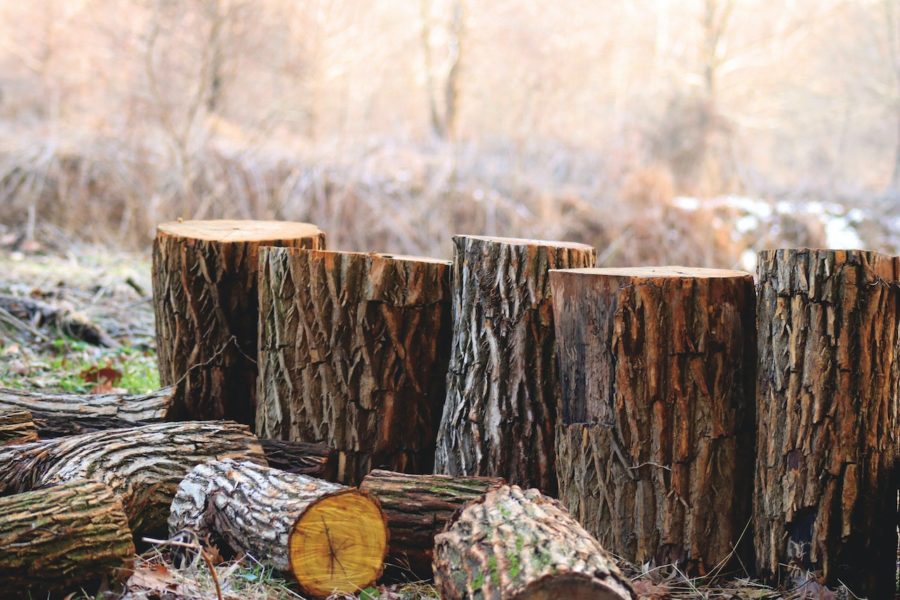Landscaping needs to be taken seriously, seeing as how it affects the resale value of your property, your own ability to enjoy your home’s backyard, and the overall health of your garden. You see, the health of your soil affects the health of all the plants in your backyard.
When it comes to landscaping, it’s not a simple “maintenance good – lack of maintenance bad” in question. With improper maintenance (or even ill-timed maintenance), you risk making things even worse than if you did nothing at all. In order to avoid this unfortunate outcome to your maintenance efforts, here are a couple of dos and don’ts of fall landscaping that you need to keep in mind.
Do: Prepare for more intensive maintenance
Fall is probably the season during which you have to spend the most time and effort on landscaping and maintenance. Raking leaves is something that you’ll virtually have to do every day, but the season also makes the branches more brittle, which means that you’ll have more debris than you usually would.
Just remember that these leaves and branches can be used for composting, which is why you need to have a plan on what to do with them, as well as a designated spot where to depose them. In order to make your job easier, prepare a busy schedule and have the right tools for the job. The satisfaction of a properly tended-to garden will be intrinsic motivation, and the fact that you see the leaves and debris (branches, bark, etc.) as something useful will, inevitably, make you more meticulous.
Don’t: Prune
Pruning is actually encouraging the plant to grow, which means that the last thing you want is to prune in the fall. If you prune in the fall, the new bloom will start in winter, which may lead to the death of the plant. The best thing that a shrub or tree can do is go dormant in winter, seeing as how this protects it from the harshest climate occurrences and give it some well-deserved rest.
What you should focus on instead is the removal of dead annuals and cutting dead perennials. This way, you can clean up the area and prepare it for the next season.
Do: Spread mulch
The purpose of mulch is just partially to protect the soil from overheating. It’s also there to keep it warmer in the winter, as well. As such, it’s best distributed in spring (before summer) and in fall (before winter). You need to capture a certain temperature before it changes, as well as preserve certain moisture of the soil before it freezes/evaporates. This is why you need to start on time.
Now, you can both buy mulch and make some of your own. If you opt for the latter path, you’ll need the material, and your best options are dead plant materials. Ideally, you’ll go for:
- Compost
- Leaves
- Bark
- Grass clippings
It all comes down to what you have in abundance, as well as whether you like the end result. Also, keep in mind that the properties of these different mulch forms are not the same.
Don’t: Remove your trees just yet
One of the biggest misconceptions about tree removal is the fact that it makes no difference when you do it. While you can, technically, remove the tree from your property during any part of the year, the truth is that it’s easier to do so in February and March.
You see, it’s not just about removing the tree. It’s also about what to do after tree removal. Provided that you’ve picked a season after all the leaves and the majority of the debris has already fallen off, you’ll have to invest the least amount of work in cleaning up. The fact that the tree is bare also makes the pruning and removal far safer. However, if you do intend to do so in the fall, it might be better to wait for the late fall, seeing as how colder ground gets less impacted. It keeps all the rooted vegetation in place while the tree is getting removed.
Do: Plant something nice
When it comes to planting in the fall, this is not necessarily a bad idea, but it’s important that you make the right choice of plants. For instance, spring-blooming bulbs like hyacinths and tulips should be planted in the fall. This is because they need a cold season in order to bloom. In other words, if you intend to enjoy their beautiful foliage in spring, you need to start in time.
Trees and shrubs should also be planted once the weather cools off. This is especially a great idea seeing as how we’ve already indicated that the tree removal is best done at the start of the year (end of winter or the beginning of spring). Keep in mind that tending to your garden requires all-year care, and long-term planning is always a smart move.
Don’t: Ignore your deck and pathways
During the colder part of the year, your deck and pathways will often get muddy. This is problematic for a number of reasons, not just because it looks unaesthetic. First of all, mud is slippery, which means that it increases the risk of injury while traversing your property. There’s also a risk of mud spreading to your shoes and clothes, which is not something you want to have to deal with.
While this is necessary on a regular basis, it’s of utmost priority right after the rain, as well as just after your maintenance. You see, after mowing, pruning, etc., you’re walking across the muddy part of your backyard and carrying some of this mud with you. Still, cleaning it all in the aftermath should be quite easy.
In Conclusion
In the end, you need to understand that landscaping is far from simple manual labor. It requires a lot of strategy, planning, scheduling, the capability to handle sophisticated tools, and more. This is why the amount of research you invest in the subject matter will be directly proportional to the level of landscaping quality that you can produce. In other words, knowledge is a powerful thing in this field and one that should never be underestimated.









